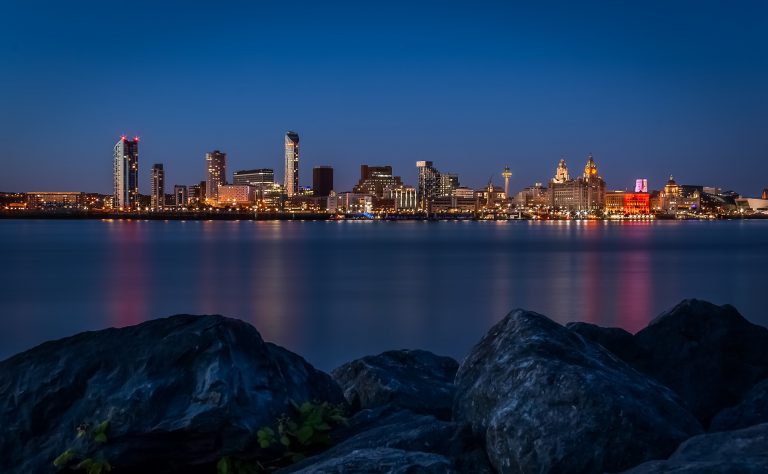
Damian Worsley at Abbey Protect talks about his experiences travelling through Europe and provides his insights into the use of glass in European buildings.
The changing identities of European towns and cities
I have just been fortunate enough to spend three months driving round Europe in a camper van visiting Countries and cities that are rapidly changing their identity. In nearly every city from Sarajevo to Seville new buildings are rising up from the redevelopment of nineteen sixties and seventies concrete jungles and the expansion of commercial areas to support new business growth. In nearly every city I visited the predominant building material was glass. As I walk through the streets of London and look at the skyline I can see how our Capital City has adopted this material and produced some of the most iconic buildings in the world.

The Gherkin, or 30 St Mary Axe as it is more correctly known, and The Shard to name but two. In other countries I can still remember the breath taking beauty of the Basque Health Department Headquarters and Guggenheim Museum of Bilbao and the Hotel W of Barcelona standing majestically over their individual cities reflecting daily life as it eddied around. It is hard to believe that this all stems from the invention of industrially produced glass in Egypt over 3500 years ago. Material development has come a long way since then, from the Italian glass makers who developed opaque windows in the seventeenth century to the current manufacturers who make a building material that can be used on the tallest buildings in the world and is produced in vast quantities in various countries. The largest producers of glass are the Chinese who make over 34% of the worlds glass, but who for a long period of time up to the Nineteenth Century did not use glass at all.
The aesthetics and performance of glass
A step forward in production occurred in 1959 when the main UK manufacturer of glass, Pilkington’s, produced the first float glass process. Further progress produced a glass for buildings that can clean itself when it comes into contact with rain and a glass that can give a level of mitigation against fire. The improvements and advances in glass have propelled it to the forefront of architectural design where aesthetics and performance are important considerations. When designing with glass there are a number of considerations for designers, the main ones being, safety, thermal stress, wind/snow load, surface orientation, on site issues and weight. However there are other factors that may come under consideration once a building is commissioned or has been constructed such as security.
Protecting people and assets
Most buildings in commercial areas are multifunctional spaces that bring together many people for different reasons. Retail and leisure, hotel accommodation, office space and living areas all in one building mean that these locations are in use twenty four seven and attract large numbers of people, they are in fact ‘crowded places’ defined by the UK Government as a location or environment to which members of the public have access that may be considered potentially liable to terrorist attack by virtue of its crowd density. Combine this with the current threat level from Terrorism of Severe – An attack is highly likely and the main building material structure becomes of vital importance when considering protection for your most valuable assets, whether they are people in offices or communication systems and computers that ensure your company is able to function and exist as a business entity.

Unfortunately there have been recent attacks in Europe including the grenade attack on the American Embassy in Podgorica, Montenegro and London has been subject to a range Terrorist attacks from Improvised Explosive Devices and weapons to the use of vehicles in order to maim and kill, and protection of glazed areas is an important security and safety consideration be it for a retro fit or new build. The options available now include blast blinds that automatically close to mitigate against not just the blast wave but also from glazing entering the environment and causing casualties and damage. This is arguably a higher level of mitigation than film and laminated glass that look to the integrity of the glazing only. Blast blinds also provide forced entry mitigation for other types of business damaging attacks such a burglary and criminal damage.
Glass is a fantastic material to build with as can be seen from any number of buildings in most modern city centres and its fragility to attack can be mitigated against to ensure that people and assets are protected.

















